New Wave Crash Course: Agnès Varda’s Personal Film School
"We can discover so much just from the mise-en-scène created by life itself."
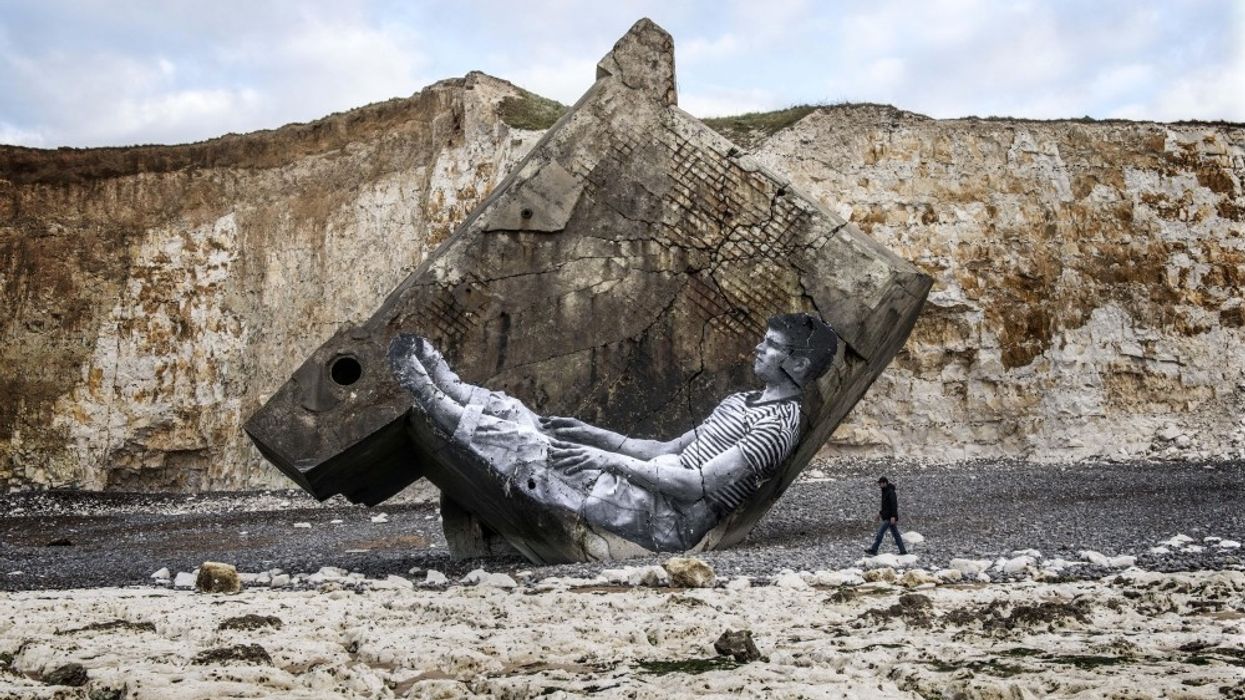
The 55th New York Film Festival was graced with the presence of legendary 88-year old Belgian-born filmmaker Agnès Varda and her new film Faces Places. A pioneer of the French New Wave—aka La Nouvelle Vague, arguably one of the most influential cinematic revolutions in history—Varda has her own brand of film school to share. She’s a contemporary of Jean-Luc Godard, François Truffaut, and other French New Wave barrier-breakers. She’s the widow of filmmaker Jacques Demy (Umbrellas of Cherbourg, 1964). And, most importantly, she’s a force in her own right: a mischievous mix of intellect, wit and no-nonsense advice.
Beginning with her first film in 1955, Varda’s work has been consistently groundbreaking. She became a director when female filmmakers were virtually non-existent. From the start, she chose to tell non-traditional stories, cast non-actors, and shoot on location with strikingly imaginative visuals. She continues to experiment across multiple media platforms; her art installations have been celebrated around the world. Her rebellious instincts, moreover, don’t apply solely to art. In 1971, she was one of the original Manifesto of 343: a group of French women who publicly admitted to having had an illegal abortion, thereby risking prosecution and jail. Without question, she has been—and still is—a major creative voice on the world stage.
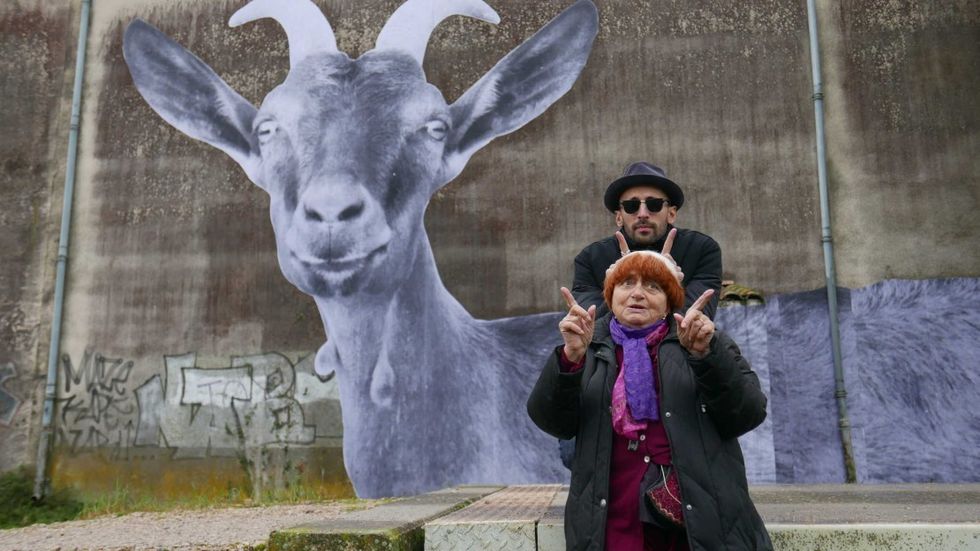
This week, Varda is at NYFF to celebrate the premiere of her latest opus, Faces Places (Visages Villages), with her 33-year old co-director, the French visual artist known as ‘JR.’ A documentary focused on “simple people, the opposite of the 1%,” the film won this year’s L’ Œil d’Or at Cannes.
Varda walked onstage slowly but surely, red and white striated hair bobbing with each step, with JR by her side. JR, a self-described “photograffeur,” (photo-graffitist), shares Varda’s interests in photography, installation, and inventive storytelling. The two make a charming odd couple: JR towers next to the petite Varda, and makes fun of her height. Varda teases back, scolding JR for wearing sunglasses, even inside.
For such strikingly different people, these two artists are surprisingly in synch. Their film examines blue-collar France, exploring stories of chemical workers, postmen, long-gone friends and more. The portraits they share are lyrical—but even though they call their film a documentary, it’s also a road movie. A buddy comedy…mirrored by their dialogue on stage before the screening.
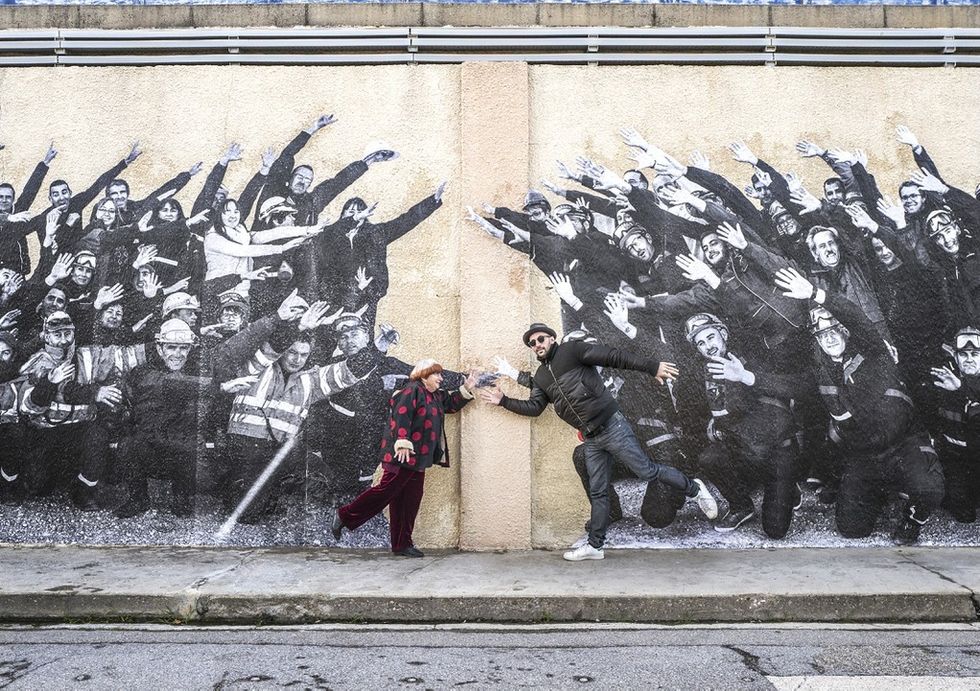
NFS asked the pair what advice they can offer to young artists and cinephiles.
JR spoke first: “I consider myself a young artist, so I’m eager to hear Agnès answer.”
Varda was ready. “I never give advice!” She shook her head, smiling. “What I will say is, believe in whatever you like. Believe in the filmmakers and films you love, books you’ve read, paintings you’ve seen. They should feed you. They should give you the desire to express yourself. You will find what you need to say deep down in your imagination. Now that everybody has little cameras, even on their telephones, it’s no longer a question of tools. It’s about finding the desire—the emergency—that pushes you to do it.”
Varda continued, her resonant voice belying her diminutive frame. "I don’t even believe in school. I never went to any film school. I simply tried to listen to my own background of knowledge.” She looked out at the audience, scanning the faces. “Don’t do it just to say ‘I want to be a filmmaker.’ Anybody can be a filmmaker. What you need is imagination. A project has to be yours, and you have to be the only person right for the job.”
"You will find what you need to say deep down in your imagination."
JR, who had been watching attentively, chimed in: “But Agnès: You tell us to believe in filmmakers we like—And yet you’ve told me that before you did your first film, you’d only seen five films in your whole life.”
Varda nodded, clearly enjoying the gasps and laughs from the crowd. “That’s true,” she admitted. Then she shrugged. “I meet so many young people, students, interns. They’re only 22, 23, and they’ve already seen hundreds of films. They know everything. They can speak about Cassavetes, Hitchcock, Godard... I admire that, but I must say I knew nothing.” She laughed incredulously. “If I’d known five film masterpieces I might not have dared to start my career! I started because I was stupid and innocent. I just threw myself into cinema.”
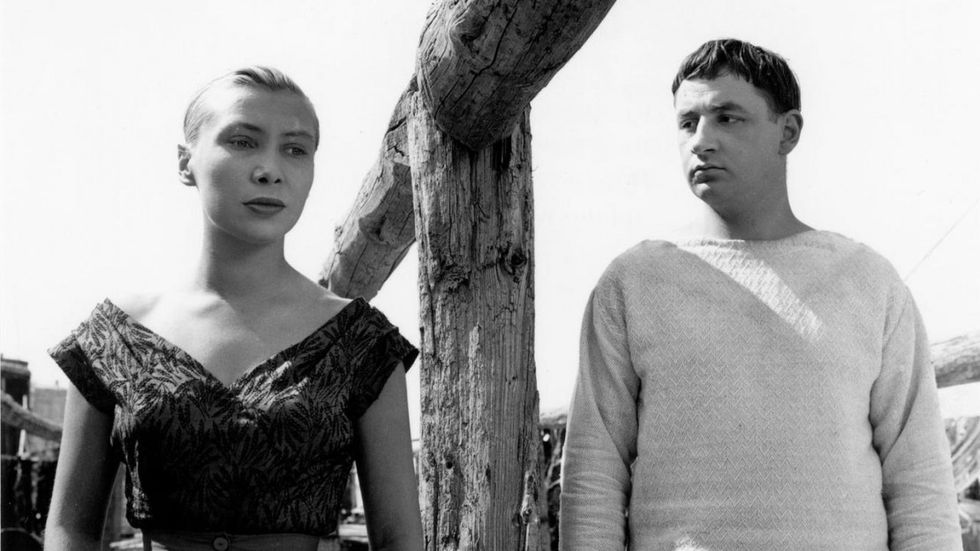
She paused, looking back. “Only then, only after I made my first film, La Pointe Courte, did I begin to consider other films,” she recalled. And that was because of Alain Resnais.” Another New Wave legend, Renais was Varda’s editor at the time; he finally insisted that she start watching movies. “He sent me to see Dreyer’s Vampyr (1932). That was the first thing I saw in at the Cinémathèque. Then he made me a list. That was over 60 years ago. Now I love to see films.”
So where did Varda find inspiration? “I came from loving painting—both ancient and contemporary—and trying to understand its meaning,” she explained. “I learned a lot from reading. I learned editing from [the American writer John] Dos Passos. I learned the structure of writing from [Charles L.] Fontenay. I learned poetry from [Jacques] Prévert. I appreciated their work, and I made it my nourishment.”
Varda’s thinking was simple: if a man could do it, so could she.
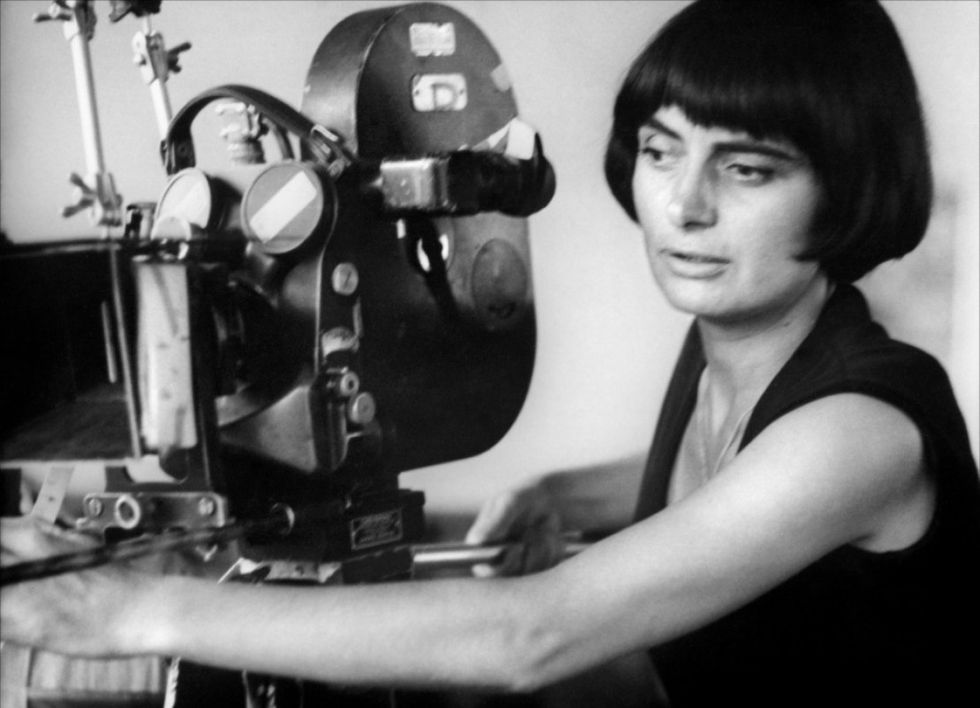
“But it’s not just about learning from other artists,” she warned. “Everyday life is also inspiration. You can sit in a café, and just look at people. Stay put, and look at what’s happening. Absorb the natural mise-en-scène of what’s happening in front of you. Don’t move from your frame; see what comes in and out.”
Even for the advice-abstinent Varda, this last thought was worth sharing. She recalled how she once spent a week teaching this concept to university film students.
“I brought them to a really big restaurant-café downtown, with 16mm cameras. I said ‘Place your camera, make your frame. We have no film stock, so you don’t have to film. Just look through the lens. Stay there one hour, watch what enters the frame, what comes out.’” She gave a satisfied nod. “And that’s when you decide: would you like to film that moment, or maybe change the lens? But don’t move. Just watch and learn.”
She grinned. “And they were shocked! I said ‘You don’t need to film, you need to look at it like a cameraman, or a filmmaker.’” Again, she nodded. “We can discover so much just from the mise-en-scène created by life itself. We h attentive to the movement happening. We can do this in any city, by the harbor, by the ocean. Just watching the little movement of life, of shadows coming and going.”
This is why she became a filmmaker.
“It makes my day sometimes, just to see a landscape, and a shadow passes. I think it’s a gift. I may be innocent about that, but I think those are things a filmmaker should enjoy.”
There you have it: look beyond film to make films. Observe, listen, learn. Break rules. And follow whatever moves you.
And as for Faces Places? “It’s worth seeing more than once,” she insisted.











